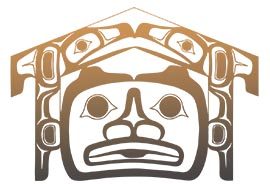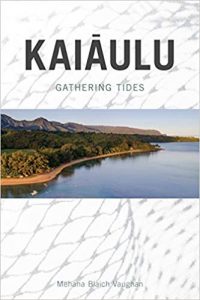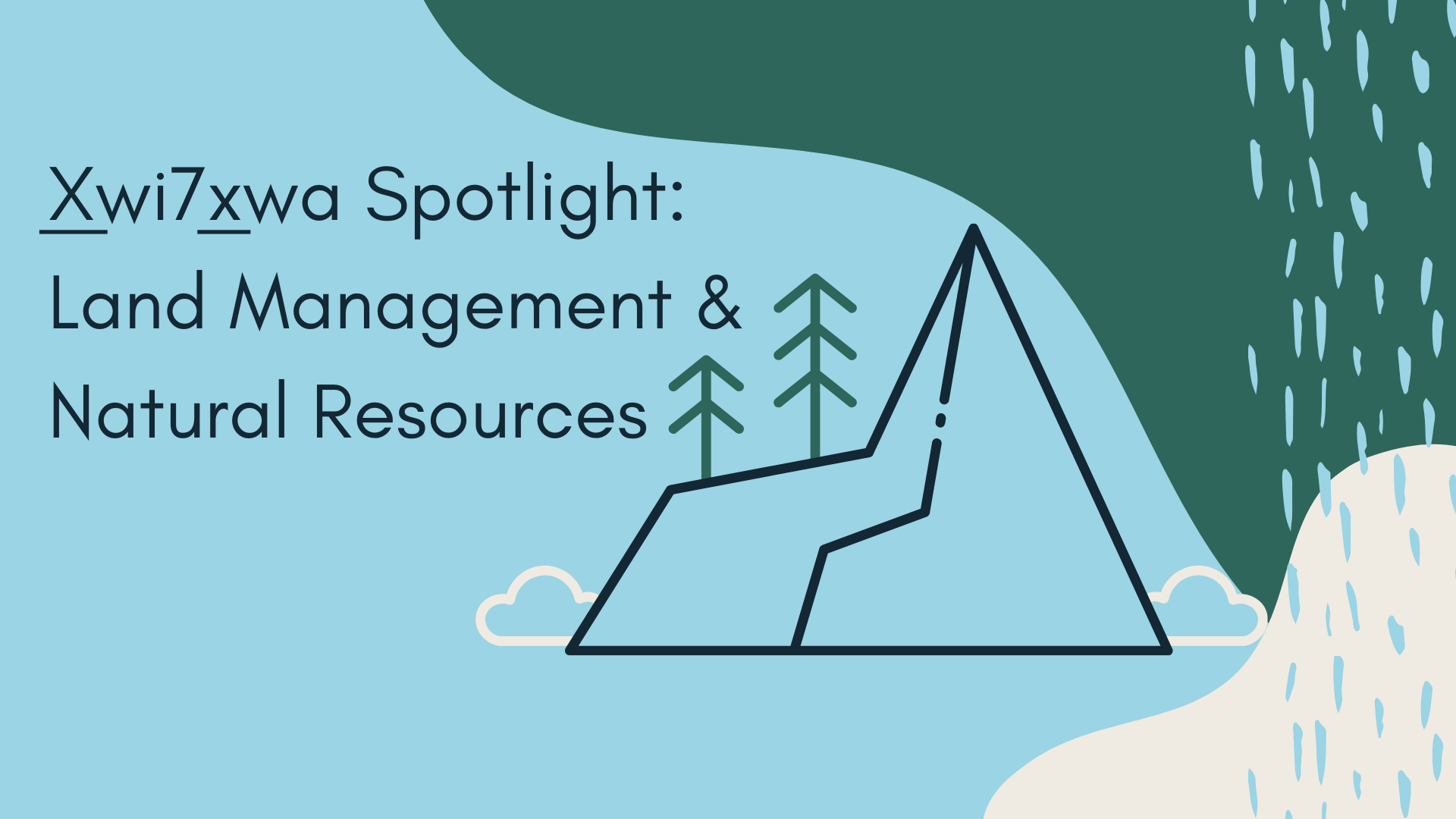 Many students this term are writing papers on natural resources and natural resource development in BC and Western Canada. With reference questions coming in about natural resources like oil, water, and forests or about Indigenous rights to natural resources, we’ve curated some materials below to help answer your questions and to add some materials to your “To Be Read” or “To Watch” list.
Many students this term are writing papers on natural resources and natural resource development in BC and Western Canada. With reference questions coming in about natural resources like oil, water, and forests or about Indigenous rights to natural resources, we’ve curated some materials below to help answer your questions and to add some materials to your “To Be Read” or “To Watch” list.
If you’d like to do some searching about general natural resources on your own through our catalog on our website, here are some search terms to use:
- “natural resources”
- “natural resource management”
- “environmental resources”
- “environmental activism”
- “environmentalism”
- “energy” or “energy resources”
- “oil”
If you’d like to look specifically at a certain event surrounding a natural resource, you could search for that event like “Standing Rock,” or if you’d like to see our books on pipelines, searching “pipelines” will give you a plethora of materials on pipelines in Canada, as well as the United States.
If you’re shelf browsing in our stacks at the library, start at the “N” call numbers and you’ll see lots of books on natural resources in Canada.
Here is a curated list of library materials on natural resources:
Kaiāulu: Gathering Tides by Mehana Blaich Vaughan shares the stories of more than 60 Hawaiian elders, fishermen, and community leaders on how they work to protect their kuleana, their rights and responsibilities to their community and to their surroundings. This book gives a combined look at natural resources, land management, Indigenous studies, and Hawaiian studies. It looks at not what people and community can get from the land, but how the spirit of reciprocity and caring for others exists in natural resource management.
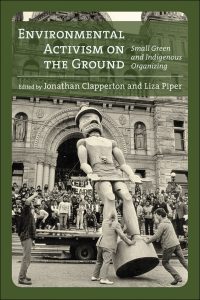
Environmental Activism On The Ground: Small Green and Indigenous Organizing edited by Jonathan Clapperton and Liza Pipe (also available online) takes a in depth look to environmental activism in local communities and grass roots organization through a lens of multiple interdisciplinary studies. Stories of activism from Indigenous and non-Indigenous groups are pieced together from across Canada. It takes a step back into the history of environmental activism and lessons when moving towards the future.
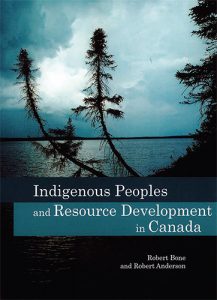
Indigenous Peoples and Resource Development in Canada edited by Robert Bone and Robert Anderson (also available at Koerner Library) views natural resource management in Canada through Supreme Court and government agreements with Indigenous nations to illustrate how Indigenous peoples are now at the decision-making table when it comes to natural resource extraction in their communities.
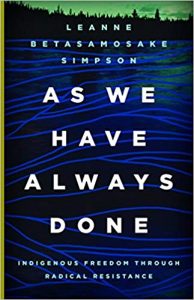
As We have Always Done: Indigenous Freedom Through Radical Resistance by Leanne Betasamosake Simpson (also available online) gives the reader many of the ways that Indigenous resistance has stopped natural resource extraction. From tar sands to pipelines, Indigenous resistance has pushed against colonization and the dispossession of land. This book not only examines the relationship between Indigenous peoples and natural resources, but ways to push back against settler-colonialism as a whole.
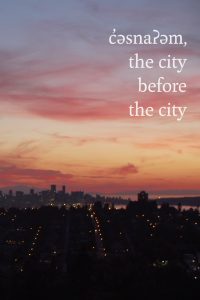
C̓äsna7äm, The City Before The City directed and produced by Elle-Máijá Tailfeathers (also available online) looks at the story of the land UBC and Vancouver sits on before it became Vancouver and UBC. This documentary specifically looks at the 200 day vigil the Musqueam people to halt a condo development that unearthed ancestral remains.
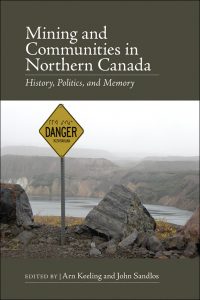
Mining and Communities in Northern Canada: History, Politics, and Memory edited by Arn Keeling and John Sandlos (also available online) begins by examining how mining has historically been a forerunner of colonization to Indigenous communities, as it is the start of new and disruptive economic and settlement patterns in their home. This book views mining in Northern Canada from both a historical lens through past documents and research, as well as oral histories from community members themselves.
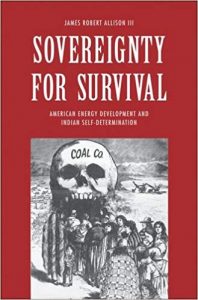
Sovereignty for Survival: American Energy Development and Indian Self-Determination by James Robert Allison III (also available online) illustrates the role Indigenous people in the United States played in shaping energy policy and development. By examining the role Indigenous people played in policy creation, the different viewpoints of different Indigenous groups and communities are shown, illustrating what view they took on resource extraction in their communities: harmful or necessary for their community’s growth.
![]()
Tracking the Great Bear: How Environmentalists Recreated British Columbia’s Coastal Rainforest by Justin Page (also available online) explains a detailed account of how the Great Near Rainforest was saved from logging through the conservation efforts of Indigenous communities and activists through an actor network.
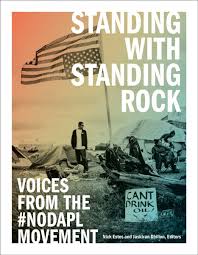
Standing with Standing Rock: Voices from the #NoDAPL Movement edited by Nick Estes and Jaskiran Dhillon (also available at the Okanagan Library) teaches through essays, poems, and interviews, essential lessons from the people who were at Standing Rock and the significance they felt on the front lines of environmental activism.
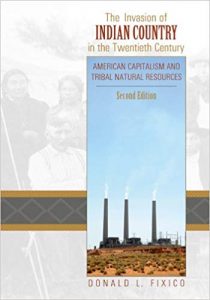
The Invasion of Indian Country in the Twentieth Century: American Capitalism and Tribal Natural Resources by Donald L. Fixico (also available online) looks at the fight between business and Indigenous communities for the oil, fish, coal, water, and timber that was on reservations in the 20th century. This resource illustrates the history of natural resources in the 20th century and how what happened then influences the policies being enacted today.
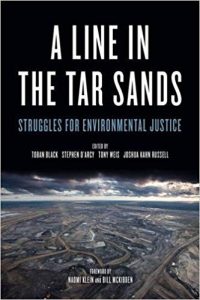
A Line in the Tar Sands: Struggles for Environmental Justice edited by Toban Black, Tony Weis, Stephen D’Arcy, & Joshua Kahn Russell (also available online) is a selection of essays from contributors looking at the struggle between industry and opponents over control of the future of the Alberta Tar Sands.
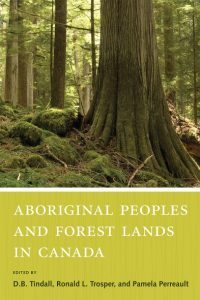
Aboriginal Peoples and Forest Lands in Canada edited by D.B. Tindall, Ronald L. Trosper, and Pamela Perreault (also available online) brings together Indigenous and non-Indigenous views of forest use and resource management. It also focuses on the use of traditional knowledge and traditional land use in the world of forestry.
If you have a specific interest in the world of natural resources or another topic you’d like some research help with, please always feel free to email us at xwi7xwa.library@ubc.ca.
